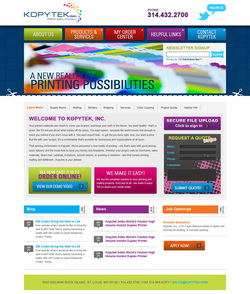There are many types of printing processes. We will cover a new printing process every week as we look into the intricacies of printing and how important the invention and innovations of it have changed our society.
Around 220 AD, the woodblock printing process was developed by Eastern Asia. This process consisted of a printer carving designs, images and text on the surface of a block of wood. The niches created would produce white space on the textile or papyrus, causing noticeable differences in its look - very much like how a stamp works. This process evolved into many other forms of printing such as block printing and moveable type printing. The dilemma that faced printers was the fact that woodblock prints were mirror images of the carvings on the block. This meant that carvers had to etch their designs into the wood in reverse of itself. For example, if I wanted to carver a B, I would have to etch it in backwards.
Moveable type printing was developed by Bi Sheng of China. This process was developed on the basis that individual text, image and design stamps would produce a more efficient print in both time and quality - creating more in less time. This was important because woodblock printing took a massive amount of time to carve pieces of wood and put together prints that were acceptable. Moveable type eventually led to the invention of an efficient printing press by Johannes Gutenberg.
Around 220 AD, the woodblock printing process was developed by Eastern Asia. This process consisted of a printer carving designs, images and text on the surface of a block of wood. The niches created would produce white space on the textile or papyrus, causing noticeable differences in its look - very much like how a stamp works. This process evolved into many other forms of printing such as block printing and moveable type printing. The dilemma that faced printers was the fact that woodblock prints were mirror images of the carvings on the block. This meant that carvers had to etch their designs into the wood in reverse of itself. For example, if I wanted to carver a B, I would have to etch it in backwards.
Moveable type printing was developed by Bi Sheng of China. This process was developed on the basis that individual text, image and design stamps would produce a more efficient print in both time and quality - creating more in less time. This was important because woodblock printing took a massive amount of time to carve pieces of wood and put together prints that were acceptable. Moveable type eventually led to the invention of an efficient printing press by Johannes Gutenberg.

 RSS Feed
RSS Feed